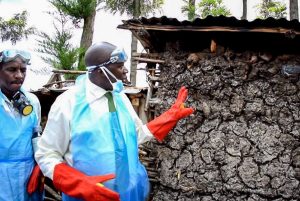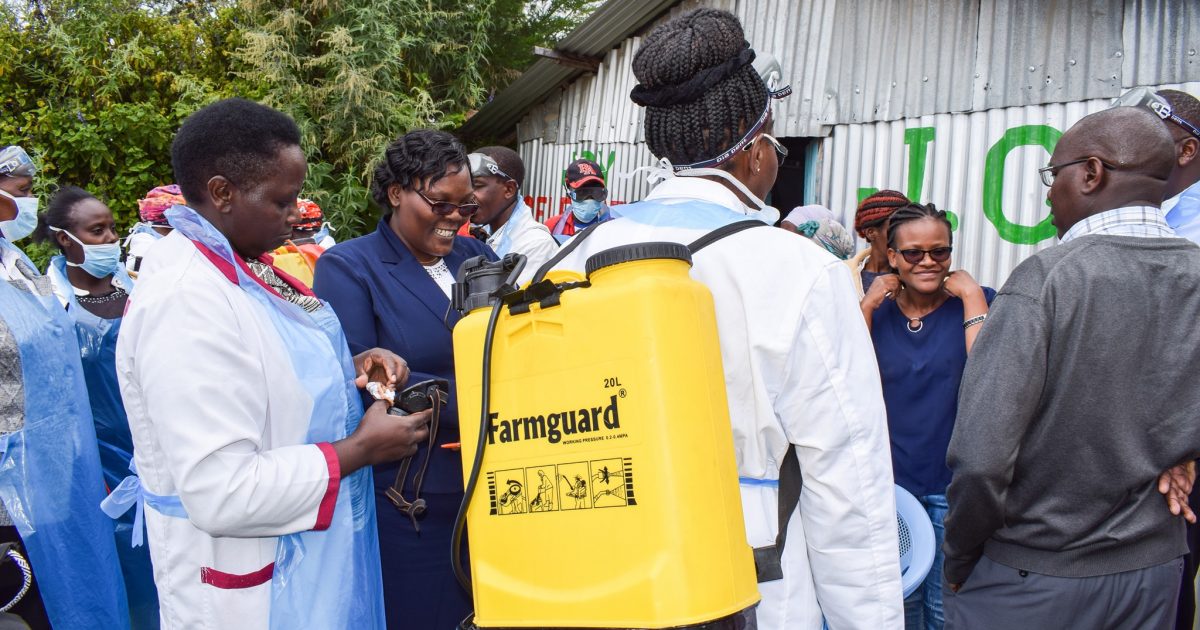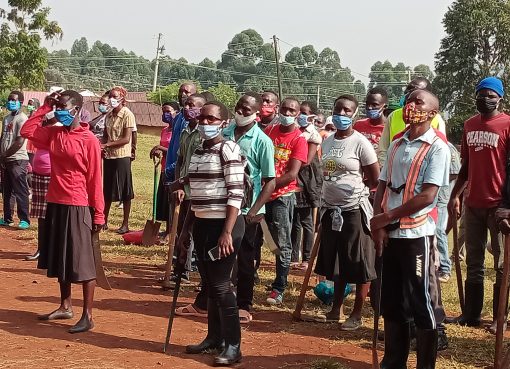
The County government of Nakuru has rolled out a free treatment programme at eight health centers for victims of the deadly Sand-fly caused Cutaneous Leishmaniasis that is ravaging parts of Gilgil and Njoro Sub-Counties.
Area Public Health Chief Officer, Dr. Samuel King’ori said the devolved unit had set aside a further Sh. 2 million towards purchase of drugs and insecticides to combat sand-fly whose bite causes the protozoan skin disease.
“The disease manifests itself in a lesion or a small wound on the skin but it keeps on widening with the infected person feeling itchy and scratching continuously.
After about two weeks the pimple bursts and a wound starts and it keeps on widening as the days go by leaving nasty features on the skin. In most cases it affects the face and that reduces the self-esteem of the infected people,’’ said the Chief Officer.
The treatment will be offered at Gilgil sub-County Hospital, Eburru, Mbaruk, Karunga, Langalanga and Anti-Stock Theft Unit dispensaries as well as Ol-Jorai and Rhine Valley Health centres.
According to medics, Cutaneous Leishmaniasis is deeply stigmatizing due to the lifelong scars which are located mainly on the face.
Dr. King’ori said the insect has been sighted in huge swarms in Utut forest, Kampi Turkana, Ol-jorai and Gitare all within Gilgil Sub County.
Speaking in Gilgil Sub-County on Monday, when he launched fumigation and sensitization drive at Gitare in Morendat Ward, Dr. King’ori asked those affected to adhere to the treatment regimen for effectiveness.
“This disease has generated a lot of interest from international researchers and the Kenya Medical Research Institute. We are working with experts on ways to break the life cycle of the sand fly. Some 1,200 households would be fumigated in Gilgil Sub-County,” he said.
A researcher from KEMRI, Dr. Philip Ngumbi said as much as the disease was a nuisance’ it was difficult to eradicate it due to the natural existence of Rock Hyrax in the area.
“One of the natural reservoir hosts of Cutaneous Leishmaniasis is the rock hyrax. The parasite is transferred from the animals to humans through bites of female sand flies. After pinching the skin with their saw-like-teeth, to feed on the blood, they spread the parasite particularly on the face because it is exposed,’’ observed Dr. Ngumbi.
Both the researcher and the Public Health Chief Officer observed that Cutaneous Leishmaniasis is one of the neglected diseases and that established pharmaceutical manufacturers were not keen to find its cure as it affects only a few people especially those from poor backgrounds.
To avoid the disease, residents were advised to wear long sleeved clothes. The sand-fly, according to Dr. King’ori, inhabits the warmer bushes, forests, burrows, caves and even rubbish.
“The fly is so tiny that it can go through a mosquito net and it takes quite some time before the symptoms such as raised lesions manifest themselves,” he observed.
Seeking to curb its effect in Gilgil Constituency, the county government has also erected trapping nets in the affected areas. Dr. King’ori further said they are currently mapping areas with high concentration of the fly.
An area Community Health Volunteer, Joseph Kigutu said almost all the residents who live near Utut and Eburru forest in Gilgil sub-county are affected by the disease.
He said in the past people who were affected by the diseases were considered cursed but an NGO trained them and they realized that it is caused by the sand flies which are prevalent in the area.
Kigutu added that in most families, at least two to three members were affected and that was mainly because they depend on the forest for firewood and pasture and yet inside the forests there are many rocky hyraxes where the sand flies, which cause the disease live.
The World Health Organization links the expansion of farming and other human activities into forests with disease outbreaks.
The County has also set up a satellite clinic at Joy Celebrations Church at Gitare to attend to locals and from neighboring Nyandarua County.
According to Dr. King’ori, the effects of the disease can be minimized with early interventions and correct treatment regimens.
He said another targeted vector control programs will be carried out in June to reduce and interrupt transmission of the disease by decreasing the number of sand flies.
The county ministry of Agriculture, Livestock and Fisheries has also promised to distribute free pyrethrum planting materials to plant near houses as the plant repels sand flies.
By Anne Mwale



